Reviewing the Meeture MT3 is my first introduction to the brand. I was sent the MT3 and EM2 for review by Simgot through Amazon.com in the US. First up will be the Entry level Meeture MT3. After spending several weeks with them I have found them to be an extremely solid offering where the Pros really outweigh the Cons. The MT3 is available at Amazon with a variety of color accents.
https://www.amazon.com/Ear-Monitor-Headphones-Detachable-Smartphones/dp/B07JPL6RDS
Specification:
· Impedance: 18Ω
· Headphone Sensitivity: 101dB
· Frequency Response Range: 15Hz-40kHz
· Power Rating: 10mW
· Distortion Degree: <1% 101 dB
· Channel Balance: <1.5 dB (at 1000Hz)
· Vocalism Principle: 10mm High Magnetic Circuit Coil Dynamic Driver
· Plug Type: 3.5mm Straight Plug
Packaging...


Package Includes:
Build Quality...

The MT3 have a very nice build to them. Quality plastics are used and they exhibit a very smooth finish with no rough edges or glue issues Nothing is out of place. Cable fits well and the Y and plug are rubber capped to protect both themselves and your devices. The cable has a nice braid that has come undone so far. The chin slider is also metal and works fairly well.
One thing I don't like about the construction is that the cable does like to tangle more than others especially above the split. Another is the left and right indicators. On the cable itself there is no coloring and they are small so very very hard to read them unless in good lighting and closer up. The L and R printed on the housings themselves will rub off fairly easily after some time. The indicators are not a big deal unless you want to change the cable all the time. Once on right you don't really need them since the formed ear guides dictate R or L at a glance. Speaking of the ear guides, they are very nice. Pliable and thin so very comfy and shape very well to the ear and are no issue with my glasses.

Fit and Comfort...
For me the MT3 have a really good fit. Easy to get the right fit and seal. No fiddling. Very comfy and slightly above average isolation. I feel the shape is well done and a good part of the design. Housings are lightly on the large size so not the most flush fitting but they fill the ear well and lock in better than smaller housings may. I feel they are very well done here and a great fit makes them easier to get along with and more likable.

Sound Signature and Quality...
The Meeture comes with two styles of silicone tips to adjust the signature some. You can choose to go slightly more bass heavy or balanced depending on tip. I chose the less bassy of the two options as my preferred choice. I prefer the balance tips that I hear as a slightly down sloped "W" signature. The bass tips do push it more towards a bass focused and heavy sound that starts to "V" some.lance. Mids still have a good emphasis and treble is a good amount to satisfy most tastes but the bass is the foundation or focus. The balance tips are softer, wider bore while the bass tips are firmer and have a smaller bore diameter. They work pretty well to push the earphone towards the intended target signatures.
The sound is quite well done. The MT3 basically has an analog type sound. A bit vinyl like with a smooth and forgiving nature. That vinyl like tone is a bit warm, darker, and thicker making it a good entry level tuning choice. The analog nature is a smooth and engaging blanket to the sound that isn't over done esp. with the balance tips.
For the $70 you pay, the technical ability is solid. A very coherent single driver. Not all single drivers have to be coherent especially under $75. Many have mid-bass issues that will miss the mark for true low to high coherence. The analog tone does not mask detail much and there is a solid amount. The housing I think keeps things a bit larger with some space in between elements giving things room to breathe and help stave off congestion. The clarity is solid all through. The warm and slightly dark tone is smooth and enjoyable combined with enough technical ability is also still satisfying. Bass is nicely tight even out of the box with nothing out of balance. Sub, mid, and higher bass notes all in a nice and balanced amount. Tight, clean, and balanced bass leads to handling most genres well and being engaging and very satisfying bass. Vocals carry on those same traits. Good separation and air regarding vocals with the balance tips. The emotion is good and the slightly dark tone is good for male vocals yet not too much to dull female vocals. The tight bass stays out of the mids and the air lets them breathe fine even if adding some richness and weight which makes for a natural midrange sound that is impressive for a sub-$100 earphone. The treble is slightly polite but correct sounding. Natural and again airy and light but not actually bright. No peaks at all but still keeps the same good detail as in the bass and midrange. Not the drop off that many budget earphones filter out or start to choke off of the high end.
Stage size is above average and has a bit more width than height or depth but the height and depth are still good. Just the width is where it excels a bit more. The separation and air give things room and make things more easy to hear and pick out. Imaging is slightly more colored than accurate but it is engaging and they are not trying to be a monitor anyway. A good compromise of natural and realistic with a bit of it's own flavor.
Conclusion...
Most aspects of the MT3 either satisfied or even quite impressed me. Overall a very good set that sounds good with all the devices I tried it with, is easy to fit and comfortable, is fun and makes you want to listen to them, and have an impressive tuning and solid technical ability for the price. A satisfying listen. Just a few things like the case, R/L indicators, and stage placement accuracy could be better but those are smaller qualms especially for the price. The Meeture MT3 are a set that I can really recommend!
https://www.amazon.com/Ear-Monitor-Headphones-Detachable-Smartphones/dp/B07JPL6RDS
Specification:
· Impedance: 18Ω
· Headphone Sensitivity: 101dB
· Frequency Response Range: 15Hz-40kHz
· Power Rating: 10mW
· Distortion Degree: <1% 101 dB
· Channel Balance: <1.5 dB (at 1000Hz)
· Vocalism Principle: 10mm High Magnetic Circuit Coil Dynamic Driver
· Plug Type: 3.5mm Straight Plug
Packaging...


Package Includes:
- 1× Pair of MT3 IEMs
- 3× Balanced Eartips
- 3× Penetrating Eartips
- 1×Soft Pouch Carrying Case
Build Quality...

The MT3 have a very nice build to them. Quality plastics are used and they exhibit a very smooth finish with no rough edges or glue issues Nothing is out of place. Cable fits well and the Y and plug are rubber capped to protect both themselves and your devices. The cable has a nice braid that has come undone so far. The chin slider is also metal and works fairly well.
One thing I don't like about the construction is that the cable does like to tangle more than others especially above the split. Another is the left and right indicators. On the cable itself there is no coloring and they are small so very very hard to read them unless in good lighting and closer up. The L and R printed on the housings themselves will rub off fairly easily after some time. The indicators are not a big deal unless you want to change the cable all the time. Once on right you don't really need them since the formed ear guides dictate R or L at a glance. Speaking of the ear guides, they are very nice. Pliable and thin so very comfy and shape very well to the ear and are no issue with my glasses.

Fit and Comfort...
For me the MT3 have a really good fit. Easy to get the right fit and seal. No fiddling. Very comfy and slightly above average isolation. I feel the shape is well done and a good part of the design. Housings are lightly on the large size so not the most flush fitting but they fill the ear well and lock in better than smaller housings may. I feel they are very well done here and a great fit makes them easier to get along with and more likable.

Sound Signature and Quality...
The Meeture comes with two styles of silicone tips to adjust the signature some. You can choose to go slightly more bass heavy or balanced depending on tip. I chose the less bassy of the two options as my preferred choice. I prefer the balance tips that I hear as a slightly down sloped "W" signature. The bass tips do push it more towards a bass focused and heavy sound that starts to "V" some.lance. Mids still have a good emphasis and treble is a good amount to satisfy most tastes but the bass is the foundation or focus. The balance tips are softer, wider bore while the bass tips are firmer and have a smaller bore diameter. They work pretty well to push the earphone towards the intended target signatures.
The sound is quite well done. The MT3 basically has an analog type sound. A bit vinyl like with a smooth and forgiving nature. That vinyl like tone is a bit warm, darker, and thicker making it a good entry level tuning choice. The analog nature is a smooth and engaging blanket to the sound that isn't over done esp. with the balance tips.
For the $70 you pay, the technical ability is solid. A very coherent single driver. Not all single drivers have to be coherent especially under $75. Many have mid-bass issues that will miss the mark for true low to high coherence. The analog tone does not mask detail much and there is a solid amount. The housing I think keeps things a bit larger with some space in between elements giving things room to breathe and help stave off congestion. The clarity is solid all through. The warm and slightly dark tone is smooth and enjoyable combined with enough technical ability is also still satisfying. Bass is nicely tight even out of the box with nothing out of balance. Sub, mid, and higher bass notes all in a nice and balanced amount. Tight, clean, and balanced bass leads to handling most genres well and being engaging and very satisfying bass. Vocals carry on those same traits. Good separation and air regarding vocals with the balance tips. The emotion is good and the slightly dark tone is good for male vocals yet not too much to dull female vocals. The tight bass stays out of the mids and the air lets them breathe fine even if adding some richness and weight which makes for a natural midrange sound that is impressive for a sub-$100 earphone. The treble is slightly polite but correct sounding. Natural and again airy and light but not actually bright. No peaks at all but still keeps the same good detail as in the bass and midrange. Not the drop off that many budget earphones filter out or start to choke off of the high end.
Stage size is above average and has a bit more width than height or depth but the height and depth are still good. Just the width is where it excels a bit more. The separation and air give things room and make things more easy to hear and pick out. Imaging is slightly more colored than accurate but it is engaging and they are not trying to be a monitor anyway. A good compromise of natural and realistic with a bit of it's own flavor.
Conclusion...
Most aspects of the MT3 either satisfied or even quite impressed me. Overall a very good set that sounds good with all the devices I tried it with, is easy to fit and comfortable, is fun and makes you want to listen to them, and have an impressive tuning and solid technical ability for the price. A satisfying listen. Just a few things like the case, R/L indicators, and stage placement accuracy could be better but those are smaller qualms especially for the price. The Meeture MT3 are a set that I can really recommend!










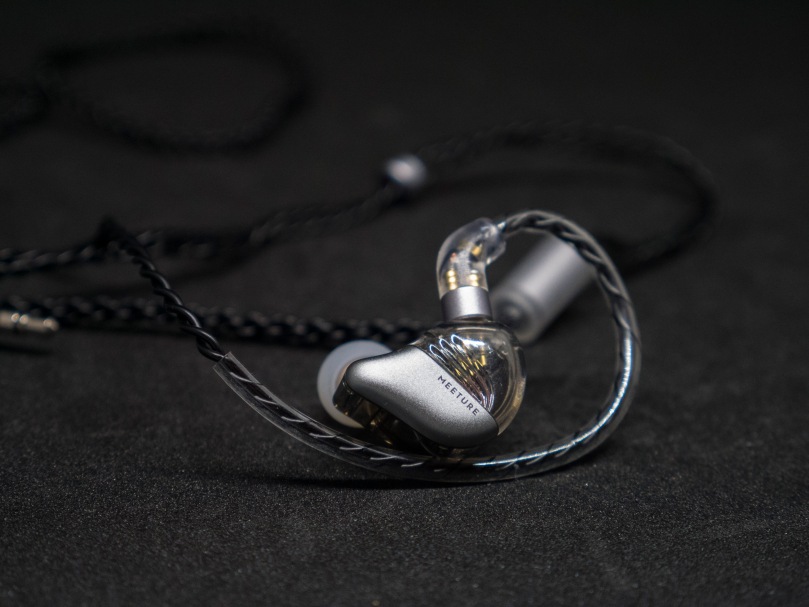


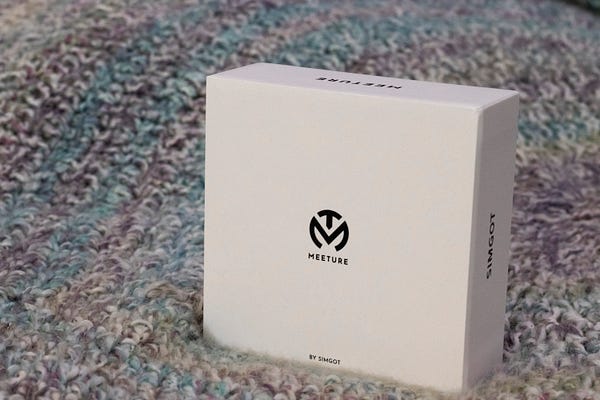
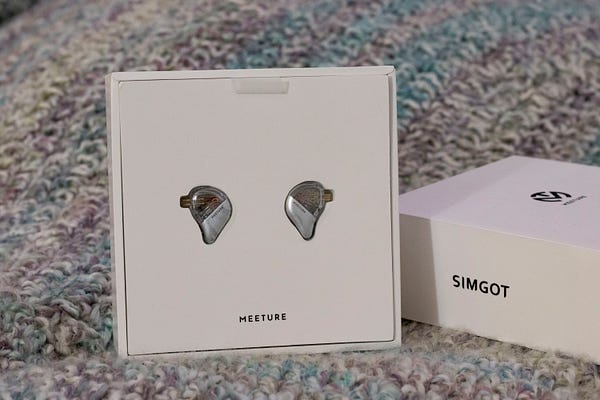

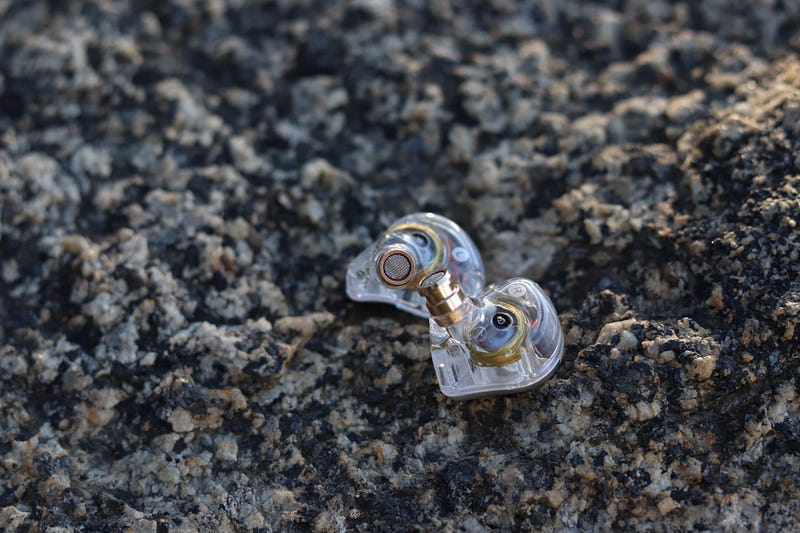
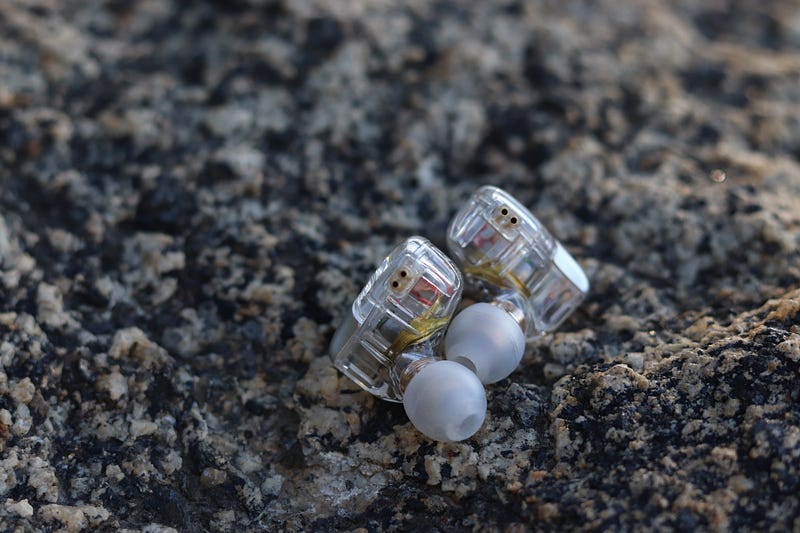
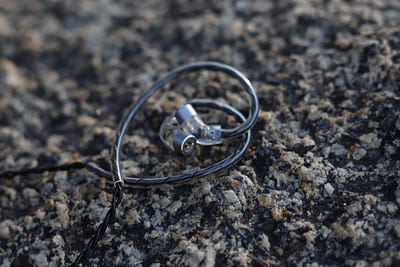
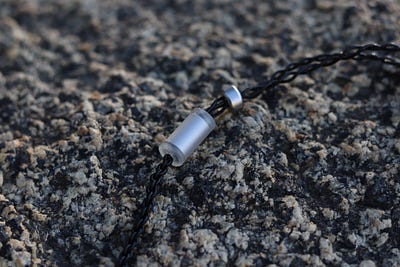
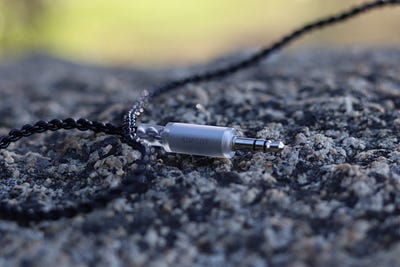










Any review you see on these with black copper cable does not apply to the white silver/copper cables.